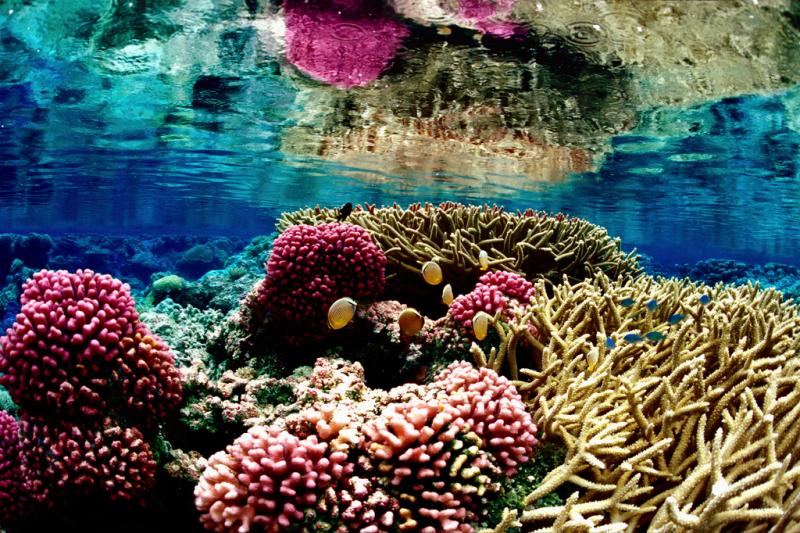Biodiversity Conservation
Habitat loss, fragmentation, degradation, pollution, and natural resource over-harvesting have already greatly reduced the variety and abundance of living organisms. While these non-climatic stressors may currently act as the primary drivers of biodiversity loss, ecosystems that are already stressed from human activities are likely more sensitive to the impacts of climate change.
In response to ongoing climate change, many species have already shifted their geographical ranges, generally poleward, towards higher elevations, or to deeper depths in marine environments. The timing of seasonal migration and other life cycle events for some species has also changed.
These and other changes will likely bring about new assemblages of species, alter food webs, and—in worst case scenarios—cause extinctions. Rare and endangered species are most at risk because of their limited ranges or specific biophysical requirements.
Adapted and excerpted from of the report Impacts of climate change on biodiversity, ecosystems, and ecosystem services: Technical input to the 2013 National Climate Assessment, Chapter 2.

